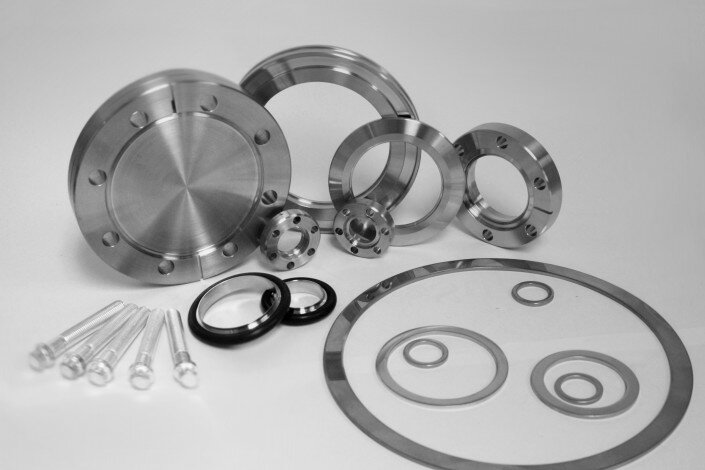Flanges & Corrosion: Providing Secure Connectivity

Flanged connections require special attention because of the exposure to corrosion. Therefore, a regular maintenance will prevent the destruction of fasteners and flanges themselves that have a positive impact on the durability of the entire pipeline as a whole. Of course, apart from basic requirement of making use of reliable, solidly-crafted stainless steel flanges and tube plates by a decent vendor (e.g. AlexanderComley with facilities located in the United Kingdom), the engineers should keep in mind the natural long-term processes.
Most often, the pipeline begins to break down at the molecular level after welding, but there are ways to ensure the safety flange connections: it can be done using the inhibitors, the use of corrosion-resistant materials, cathodic protection and protective coatings.
The nature of corrosion
Corrosion is a destruction of the material as a result of the oxidation reaction, resulting from the interaction with the environment. Most metals getting in contact with the moist air form a surface oxide layer, and if it is coherent, the corrosion will not be developed. Most susceptible to fracture procedure are ferrous metals: iron and steel with high carbon content, while chromium-nickel steels boast enhanced resistance.
To combat galvanic corrosion a special kind of protection is required. When the two metals with different electrochemical potentials are connected, one of these metals with respect to another will be anodic. If these metals get in contact with moisture, the metal having a lower potential will start decaying. This is where coatings come to the rescue.
Zinc protection
All coatings can be divided into several types: metal (cadmium, copper, zinc), paint and inorganic (phosphate coatings). The most common, zinc coating, is used to protect iron and steel products. In favor of zinc there are two arguments to point out: it resists to corrosion by nature, and also has a high anode level at temperatures up to 70 degrees Celsius. If the temperature is exceeding the limit, zinc can protect the product only mechanically. The degree of protection depends on the method of application of the zinc coating as well as its thickness (the hotter the method used, the thicker the coating, but this parameter is difficult to control). The very base metal in the coating does not change, but the size of the items may change in a big way.
Cathodic protection
Cathodic demonstrates considerable efficiency in protecting pipelines. Its principle consists in using the electric current counteracting galvanic corrosion through various surfaces. The method works well in case of protecting a product subjected to running water or located underground (due to the presence of electrolytes). For stainless alloys in aggressive environments, corrosion inhibitors are taken advantage of.
Power cables and corrosion
In some cases, a tube may be laid in vicinity of electrical cables. In this case a magnetic field is formed, due to the impact of which the tube becomes the anode. To avoid this, the engineers have to develop a strong cathodic protection in areas with scattered electricity.
Interestingly, the issue of safety of pipelines existed for decades, but only in recent years, patents for corrosion-resistant coatings emerged. Obtaining the patents is mainly a prerogative of seasoned industry players, such as AlexanderComley, interested in replenishing the production armory with offbeat flanges and butt weld fittings uk prevention technologies. However, a detailed study of each specific area where the pipeline is located, taking into account the factors of environmental and economic feasibility, are needed to be initiated.